Knowing your lactate threshold is one of the best ways to improve your running performance. Many coaches will get their athletes to measure their threshold to maximize their efforts.
You can get one step closer to the professionals by taking a lactate threshold test on your Garmin device. You won’t need to pay for expensive lab tests, just follow these simple instructions, and start seeing your times improve rapidly.
Contents
Related reading
- Stressed out? Try one of these wearables for stress detection and management
- How to contact Garmin Customer Support about issues and warranty info
- What to do when your Garmin watch isn’t getting a GPS signal or is dropping that signal? Let’s fix it!
- Tips for using Garmin to monitor your health this year
- The best running pods and sensors to measure your cadence and running skills!
As an Amazon Associate, we earn from qualifying purchases using links in this post.
What is a lactate threshold test, and why would I want to measure it?
All bodies produce lactate during exercise. Your lactate threshold is the point when your body produces more lactate than you can metabolize. When that happens, lactate starts to accumulate in your muscles, causing cramping. And it can even migrate into your blood.
That’s why it’s important for serious runners and athletes to know their lactate threshold.
The lactate threshold is the point where your muscles start to fatigue rapidly.
Lactic acid builds up in your blood, with your body unable to remove it quickly enough. It’s a helpful indicator of fatigue, as once you hit your threshold, your performance starts to suffer.
Your Garmin device can measure your lactate threshold level by analyzing your heart rate and pace. 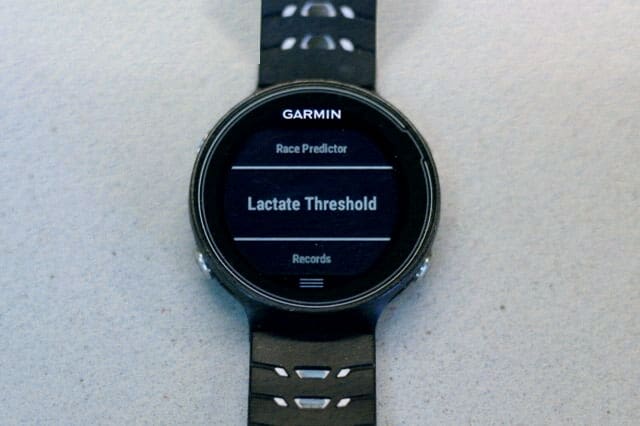
If a runner goes over their threshold, fatigue rises rapidly. The average runner’s threshold sits well below 90% of their maximum heart rate. For experienced runners, the threshold occurs at around 90% of the max heart rate.
By knowing your limit, you can decide when to push in a sprint or when to hold back to maintain a manageable pace in a longer run.
What Garmin devices support measuring lactate threshold?
You can measure your lactate threshold using a Garmin Fenix (3 and above models), a Forerunner 255 and 630 and above, MARQ series, and some Quatix models (3,5,&6), and D2/Tactix models Bravo, Charlie, and Delta. Newer Garmin models mostly support lactate threshold measurements, but it is important to check each selected product.
To see if your Garmin supports a lactate threshold test, see this Garmin support document and look at the section Devices that measure the lactate threshold.
You’ll also need a Garmin chest heart rate monitor. A chest heart rate monitor strap is required for the Auto Detect feature to work.
- Premium heart rate strap transmits real-time heart rate data via ANT technology and BLUETOOTH Low...
- Captures running dynamics, such as vertical oscillation, ground contact time, stride length,...
Before performing your lactate threshold test, you must put on the heart rate monitor and pair it with your device. The heart rate monitor does not send or receive data until you put it on.
- Press Menu > Settings
- Select Sensors & Accessories

- Choose Add New
- Choose either search all sensors or select your sensor type (recommend search all)
After the sensor pairs, the sensor status changes from Searching to Connected. Find your sensor’s data in the data screen loop or a custom data field.
How do you run a lactate threshold test on your device?
The best way to measure your lactate threshold is by taking blood samples while completing a graded run test. But for a casual runner, simply taking the test using your Garmin device produces results with suitable accuracy.
Before you take the test, an accurate maximum heart rate setting and established VO2 Max estimate are required to obtain an accurate estimate.
If the maximum heart rate setting is too high, the test will be too difficult to complete. If it is too low, the test will not record a lactate threshold.
To determine your maximum heart rate to the greatest precision, enable the Auto Detect feature on your device. Or you could manually enter your known max heart rate from a previous activity where you know you hit your max.
- From the watch face, select Start.
- Select an outdoor running activity. GPS is required to complete the test
- Next, hold MENU.

- Then select Training > Lactate Threshold > Do Guided Test (remember you need a heart rate monitoring strap for this to work)

- Start the timer, and follow the on-screen instructions like to warm up for 5-10 mins
- Once you complete the guided test, stop the timer and save the activity.
If your Garmin offers different features, find your model’s user manual and search for the “Lactate Guided Test.”
What do the lactate threshold test results tell you, and how to use them
Your lactate threshold is the best determinant of your endurance performance capacity. Your readings will help you manage your efforts in training and help you identify how hard to push without blowing up.
When running long distances, by performing at just under your lactate threshold, you can last longer at a greater pace, maximizing your performance.
Is lactate threshold always manual entry or not accurate?
Try going into your Garmin Connect app > Heart Rate Zones and set up your lactate threshold zones for running.
If that doesn’t work, try the following:
- Disable and then re-enable the Auto Detect feature on your device
- Restart both the Garmin Connect app and your watch
- Unpair the watch from the Garmin Connect app and re-pair it
- Factory reset your Garmin smartwatch, then re-sync everything
To learn more, check out Garmin’s video about lactate threshold:
Summary
If your Garmin product can measure and analyze your lactate threshold and you’re serious about running, take the test!
We all know what it’s like when our body cramps up mid-exercise. Chances are, it’s the lactic acid in your bloodstream.
Avoid that feeling by tracking your efforts and seeing your times rapidly decrease.
We sometimes use affiliate links in our content from Amazon and others. It doesn’t cost you anything but helps us pay our expenses. Thank you for the support! Last update on 2025-02-27 / Affiliate links / Images from Amazon Product Advertising API

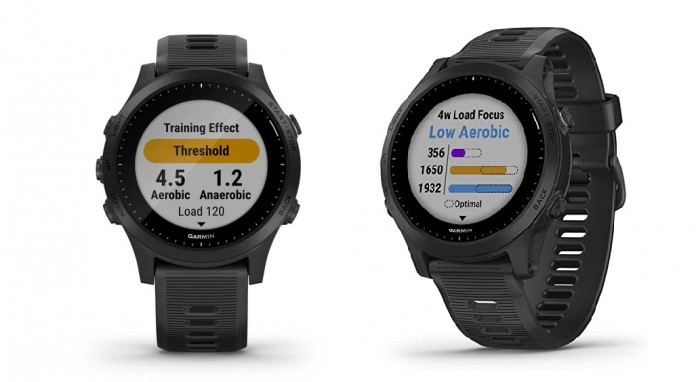

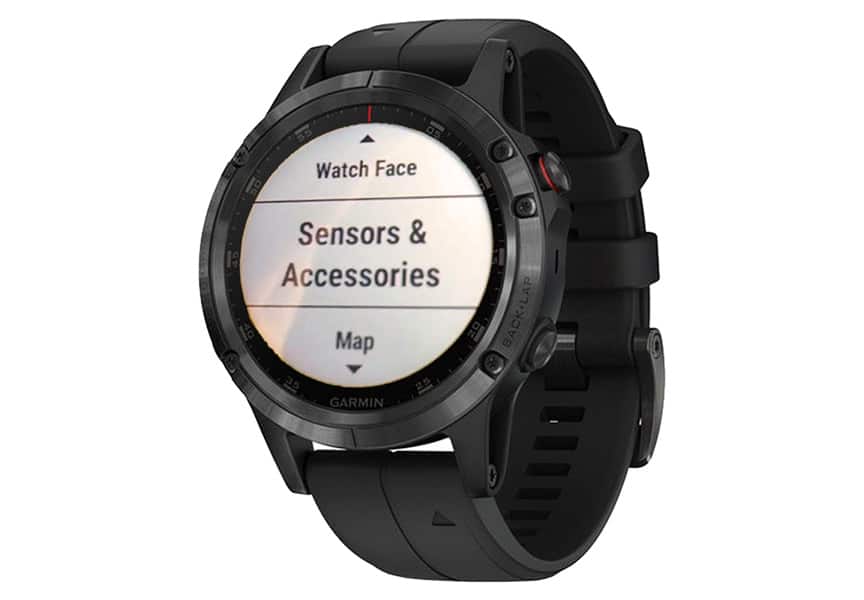
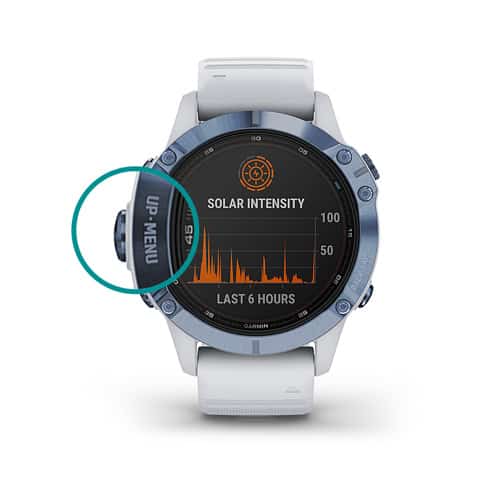

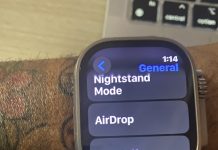
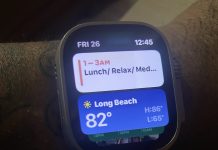




Cramps are your muscle spindle fibers not allowing the muscle to relax which can happen when the muscle is stretched/overloaded too quickly or in some cases electrolyte deficiency